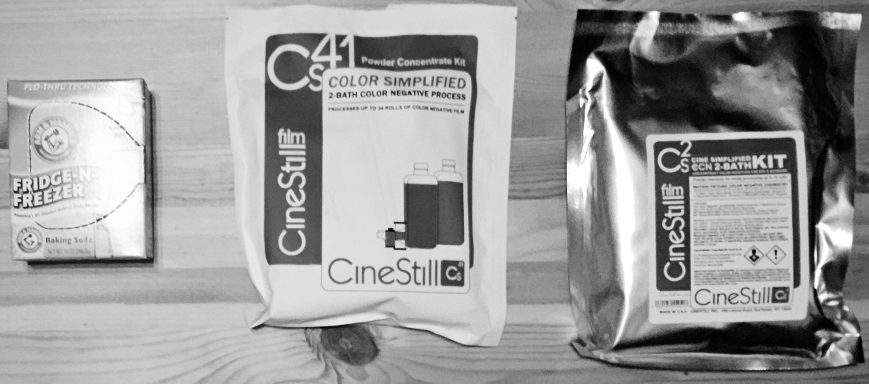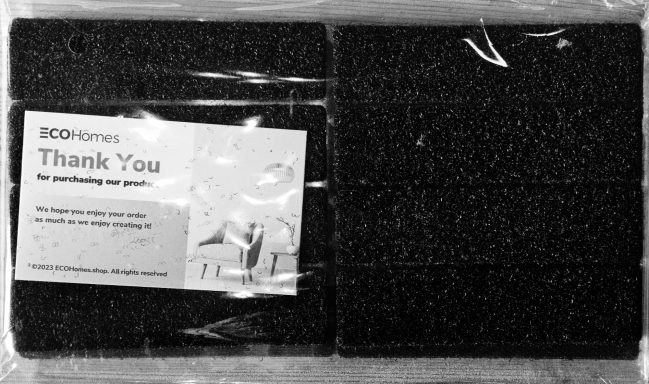TTHE DARK ROOM
A good darkroom with the proper supplies is essential for photographers who work with film or create traditional darkroom prints. Here are several reasons why a well-equipped darkroom is important:
Control over the Development Process: In a darkroom, photographers have full control over the development process of their film and prints. They can adjust factors such as exposure time, developer concentration, and temperature to achieve the desired results.
Creative Control: A darkroom allows photographers to exercise their creativity by manipulating the development process to achieve specific artistic effects. This includes techniques such as dodging, burning, and selective development.
Quality Control: With a well-equipped darkroom, photographers can ensure the highest quality prints by using premium chemicals, papers, and equipment. This allows them to produce archival-quality prints that will stand the test of time.
Learning and Skill Development: Working in a darkroom provides photographers with valuable hands-on experience and helps them develop important technical skills. They learn about the chemistry of film development, the properties of different types of paper, and the intricacies of the printing process.
Customization: A darkroom allows photographers to customize their workflow to suit their specific needs and preferences. They can set up their workspace in a way that maximizes efficiency and comfort, making the printing process more enjoyable and productive.
Personal Connection to the Process: Many photographers value the tactile nature of working in a darkroom and appreciate the personal connection it provides to the photographic process. Unlike digital photography, which can feel somewhat abstract, working with film and prints allows photographers to physically interact with their images from start to finish.
Artistic Satisfaction: For many photographers, there is a sense of satisfaction that comes from creating a physical print with their own hands. Seeing an image come to life in the developer tray or emerge from the enlarger can be incredibly rewarding and fulfilling.
Overall, a good darkroom with the proper supplies is indispensable for photographers who are passionate about traditional film photography and darkroom printing. It provides them with the tools and environment they need to create beautiful, high-quality prints and to fully immerse themselves in the art and craft of photography.
Converting a bathroom into a darkroom can be a creative and practical solution for those interested in traditional film photography. Here's a breakdown of the steps and considerations involved:
Assess the Space: Consider the size of your bathroom and whether it provides enough space for your darkroom needs. It should have enough room for your enlarger, trays, and a work area.
Light Sealing: The primary requirement for a darkroom is complete darkness. Seal off any windows or other sources of light to prevent any unwanted light from entering the room. Use blackout curtains or cover windows with opaque material.
Ventilation: Bathrooms typically have ventilation systems, which can be beneficial for a darkroom to control chemical fumes. Ensure that your ventilation system is in good working condition or consider installing a fan if necessary.
Water Supply: Bathrooms already have plumbing, which makes them convenient for darkroom use. You'll need access to running water for processing film and prints, as well as for cleaning equipment.
Storage: Consider storage options for your chemicals, papers, and other darkroom supplies. Cabinets or shelves can help keep everything organized and easily accessible.
Work Surfaces: Ensure you have enough space for your enlarger and trays, as well as a flat surface for working with prints and negatives. You may need to clear out bathroom fixtures or rearrange them to accommodate your darkroom setup.
Safety Measures: Work with chemicals in a well-ventilated area and follow safety guidelines for handling and disposing of them. Wear protective gear such as gloves and goggles when handling chemicals.
Utilities: Check that electrical outlets are properly installed and grounded for your enlarger and other equipment. Make sure there's adequate lighting for when the room is not in use as a darkroom.
Cleanup: Keep the darkroom area clean and organized to prevent accidents and maintain the quality of your work. Regularly dispose of used chemicals according to local regulations.
Personalization: Customize your darkroom to suit your workflow and preferences. Add additional shelving, hooks for hanging prints, or other features that make the space functional and inspiring for your creative process.
Converting a bathroom into a darkroom requires careful planning and attention to detail, but with the right setup, you can enjoy the benefits of a dedicated space for traditional film photography.
MATERIALS
©Copyright. All rights reserved.
We need your consent to load the translations
We use a third-party service to translate the website content that may collect data about your activity. Please review the details and accept the service to view the translations.









